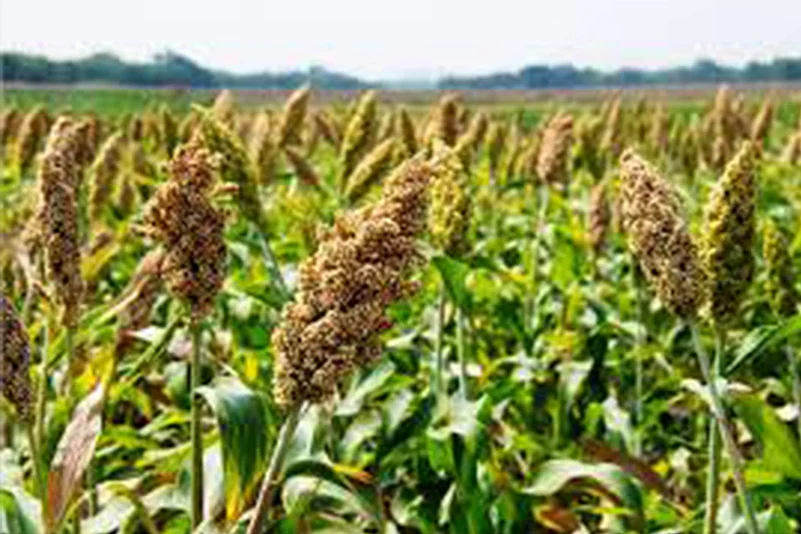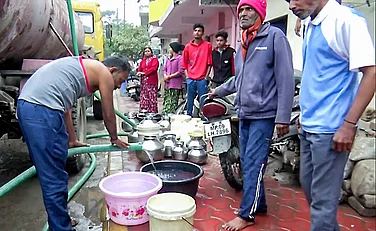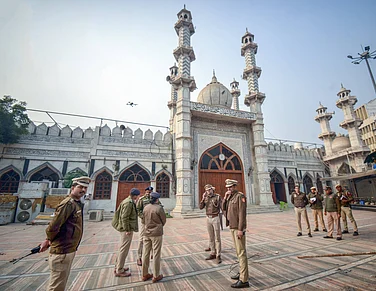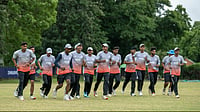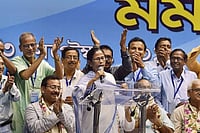A 27-year-old tribal woman from Madhya Pradesh is participating in the ongoing G20 Agriculture Working Group meeting here as a millet brand ambassador and has also earned praise from Prime Minister Narendra Modi for her singular focus to preserve the coarse cereals.
Lahari Bai, who belongs to the Baiga tribe from the Dindori district, has collected over the past decade dozens of varieties of millets, described as ‘Shree Anna’ in this year’s Union Budget.
The year 2023 has been declared by the United Nations as the International Year of the Millet, following a proposal by India, which wants to position itself as a global millet hub. The 3-day Agriculture Working Group meeting began on Monday as part of India’s G20 presidency.
“Wherever I go, I look for millet seeds. I have made my seed bank by going from village to village in the past 10 years. It has seeds of about 60 varieties of the coarse grains,” she told PTI.
To preserve her rare collection of millets, Lahari Bai said she also grows the grains, which require much less water compared to rice. Sorghum (jowar), little millet (kutki), foxtail millet (kangni), pearl millet (bajra), and finger millet are among the many varieties found in India.
“I scatter the seeds of 16 types of millets in a field at one go. I deposit the seeds from such crops in my seed bank,” she said. The tribal woman, who is unmarried and lives with her parents, said she distributes the seeds from her bank to the farmers of about 25 villages in her area to ensure that the coming generations benefit from the nutritious grains.
“It gives me great pleasure to distribute millet seeds. Our ancestors lived healthy and long by eating millets,” she said in her Baiga dialect. Her selfless work has now travelled far and wide. On February 9, PM Modi shared a report on her and tweeted, “We are proud of Lahari Bai who has shown remarkable enthusiasm for coarse grains. Her efforts will inspire many others.”
Of the millet types preserved by Lahari Bai, applications have been filed for Geographical Indication (GI) for two little millet varieties, Sitahi and Nagdaman, said Dr Manisha Shyam, who is researching on millets at the Dindori Regional Agriculture Research Station under the Jabalpur-based Jawaharlal Nehru Agricultural University.
“Coarse cereals are very nutritious and had a special place in the Indian food plate. But after Green Revolution started in the country in the 1960s, the use of millets went down and they were replaced by wheat and rice,” she said.
Millets' were among the first crops to be domesticated in India with several evidence of its consumption during the Indus valley civilization. Being grown in more than 130 countries at present, millets are considered traditional food for more than half a billion people across Asia and Africa.
In India, millets are primarily a kharif crop, requiring less water and agricultural inputs than other similar staples. Millets are important by virtue of its mammoth potential to generate livelihoods, increase farmers' income and ensure food and nutritional security all over the world.






